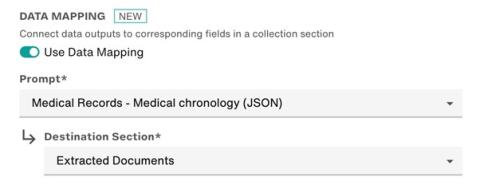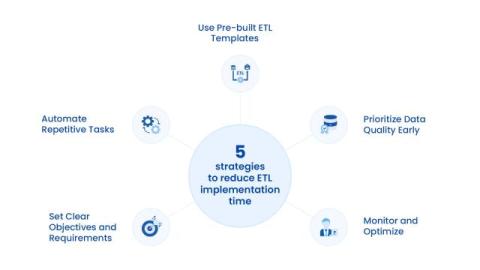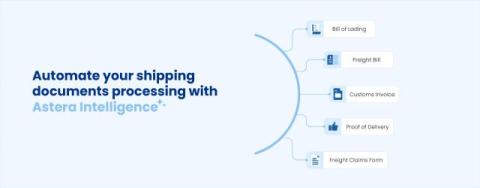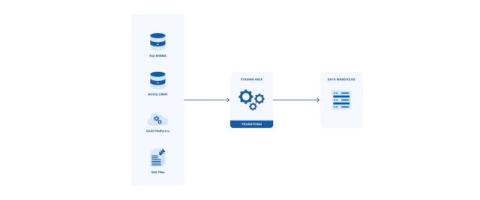The Intelligent Solution to Process Pharmaceutical Data
Pharmaceutical industry leaders are adopting new artificial intelligence (AI) technologies and increasing process efficiency. The Infosys report on AI adoption shows that pharmaceuticals are among the most mature industries in Al adoption. In the same report, 40 percent of the respondents claimed their organizations had deployed Al and that it was working as expected. AI-powered features help them manage massive volumes of pharmaceutical data with great accuracy and speed.








